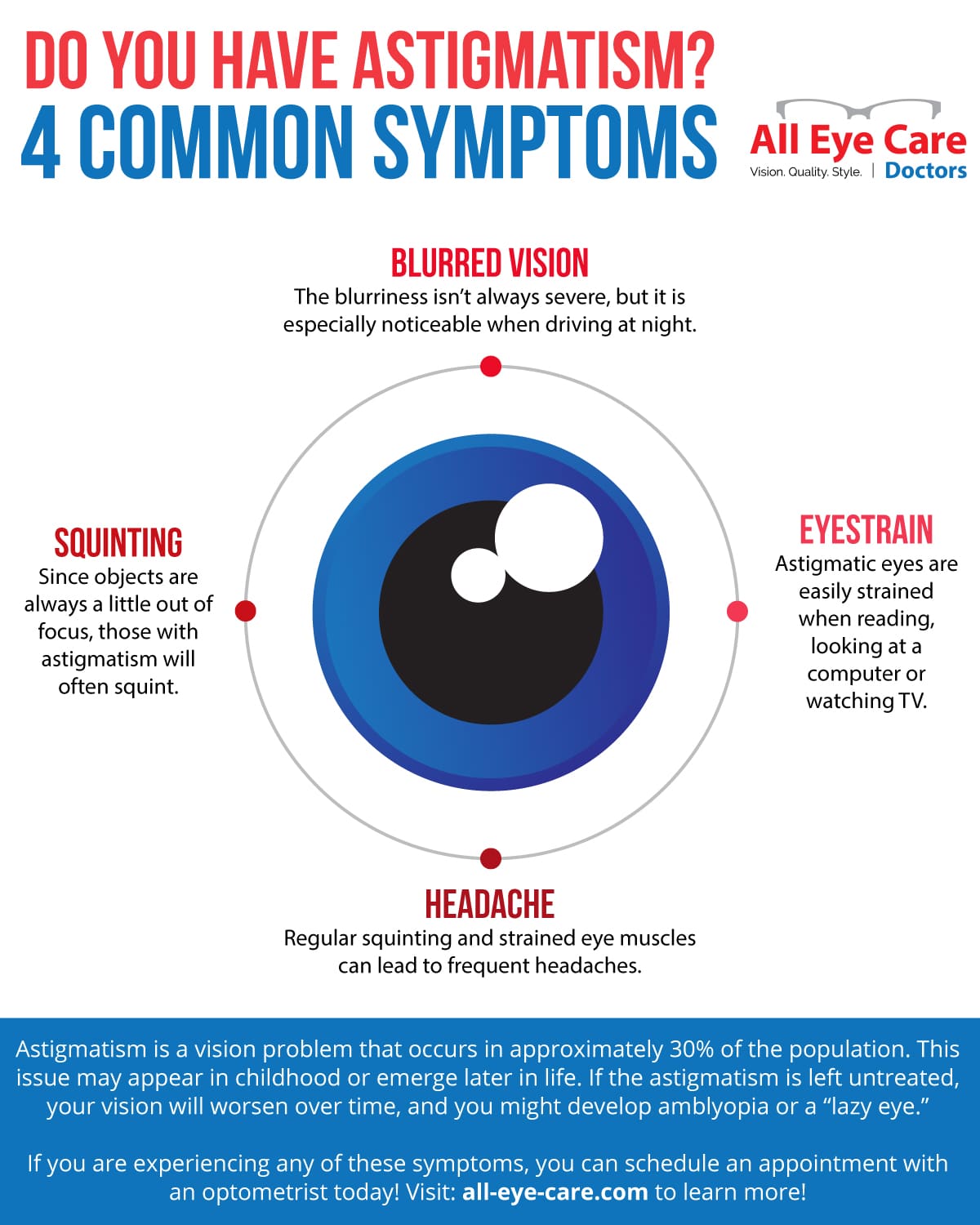Considering Cataract Surgical Treatment? Contrast Conventional And Laser Techniques To Reveal The Critical Factors That Will Certainly Form Your Vision
Considering Cataract Surgical Treatment? Contrast Conventional And Laser Techniques To Reveal The Critical Factors That Will Certainly Form Your Vision
Blog Article
Created By-Bruhn Eriksen
When pondering the choice in between standard cataract surgery and laser-assisted techniques, you may find yourself considering the benefits and downsides each method offers. The decision goes beyond the surface area degree of expense and precision, delving into the world of long-lasting end results and individual fulfillment. As you browse via the complexities of these two techniques, it becomes essential to recognize the nuanced details that can substantially influence your visual clarity and overall experience. Remain tuned to reveal the critical variables that will lead your decision-making procedure in this critical facet of eye care.
Typical Cataract Surgery Pros and Cons
When thinking about conventional cataract surgical procedure, you might discover that it's a well-established and widely-used method. In this treatment, a surgeon makes a small cut in the eye and utilizes ultrasound to separate the over cast lens before removing it. Once the cataract is gotten rid of, an artificial lens is placed to restore clear vision.
One of the primary benefits of traditional cataract surgical treatment is its performance history of success. Several patients have had their vision substantially boosted through this procedure. Furthermore, typical surgical procedure is typically covered by insurance, making it a more accessible choice for several people.
Nonetheless, there are https://www.dvidshub.net/news/267010/hindsight-20-20-dont-miss-your-opportunity-prk to conventional cataract surgical procedure too. Healing go to this site can be longer compared to newer techniques, and there's a somewhat higher risk of difficulties such as infection or swelling. Some patients may additionally experience astigmatism or need reading glasses post-surgery.
Laser-Assisted Techniques Benefits And Drawbacks
Exploring laser-assisted methods for cataract surgical treatment unveils a contemporary method that utilizes laser innovation to carry out key steps in the procedure. Among the key benefits of laser-assisted cataract surgery is its accuracy. The laser allows for extremely precise cuts, which can cause better aesthetic results. In addition, the use of lasers can decrease the amount of ultrasound energy required throughout the surgical procedure, potentially lowering the threat of complications such as corneal damages.
On the downside, laser-assisted strategies can be a lot more pricey contrasted to standard techniques. This expense mightn't be covered by insurance, making it less obtainable to some patients.
One more consideration is that not all cataract surgeons are trained in laser technology, which can limit your alternatives for picking a surgeon.
Finally, while the laser can automate specific elements of the procedure, the surgery still requires an experienced doctor to make sure effective outcomes.
Comparative Evaluation of Both Methods
For a thorough understanding of cataract surgical procedure techniques, it's essential to conduct a relative analysis of both typical and laser-assisted techniques.
Conventional cataract surgical procedure entails hands-on incisions and using handheld devices to separate and eliminate the over cast lens.
On the other hand, laser-assisted cataract surgical treatment uses advanced modern technology to create exact incisions and break up the cataract with laser energy before removing it.
In regards to precision, laser-assisted methods provide a greater level of accuracy contrasted to traditional techniques. Making Eyewear For Babies of lasers enables personalization of the treatment based on each person's eye anatomy, possibly resulting in better visual outcomes.
Nevertheless, laser-assisted cataract surgery has a tendency to be much more expensive than conventional surgical procedure, which may limit ease of access for some patients.
While both methods work in restoring vision impaired by cataracts, the option between traditional and laser-assisted methods often depends upon variables such as price, precision, and individual patient requirements.
Consulting with your ophthalmologist can help figure out one of the most ideal technique for your cataract surgery.
Final thought
To conclude, when determining between typical cataract surgery and laser-assisted methods, take into consideration factors like expense, accuracy, and individual requirements. Typical surgical treatment supplies a tested track record and insurance protection but might include longer healing times. Laser-assisted techniques offer higher accuracy and customization yet can be more expensive and not constantly covered by insurance policy. Inevitably, the choice in between the two approaches depends on what is crucial to you and your specific circumstance.
